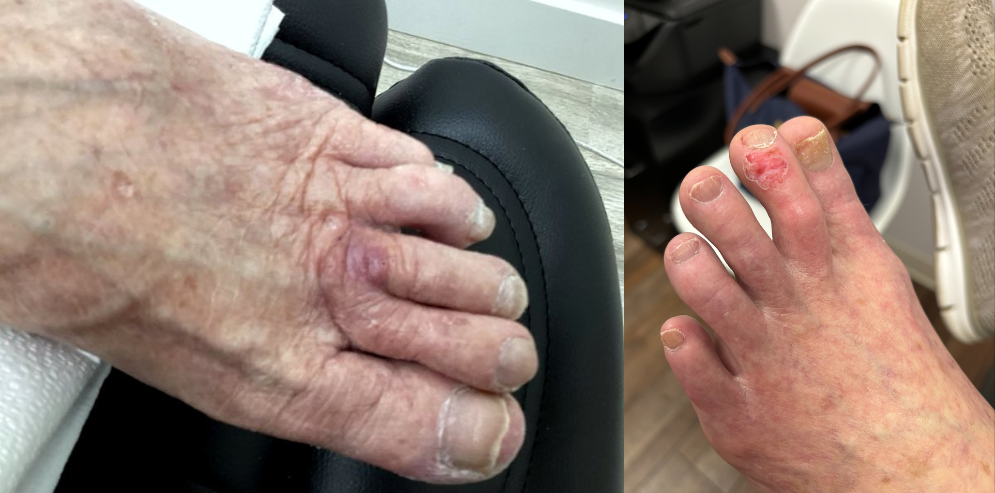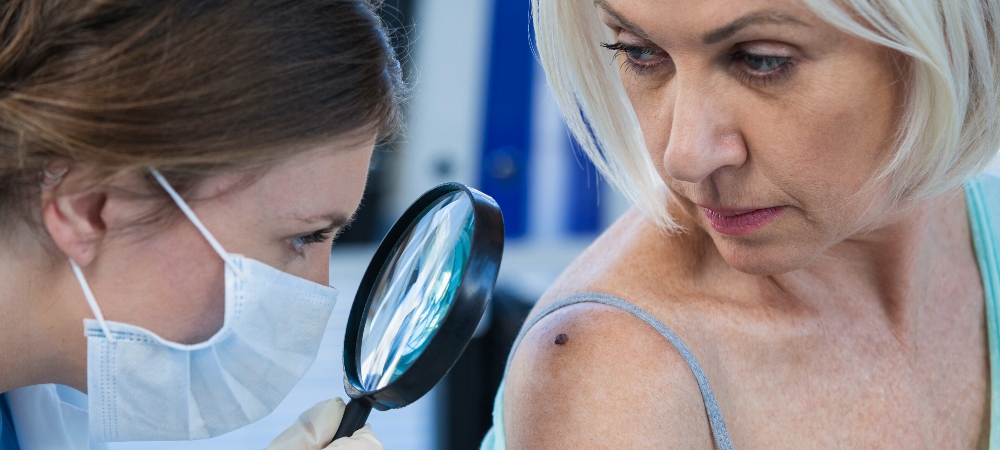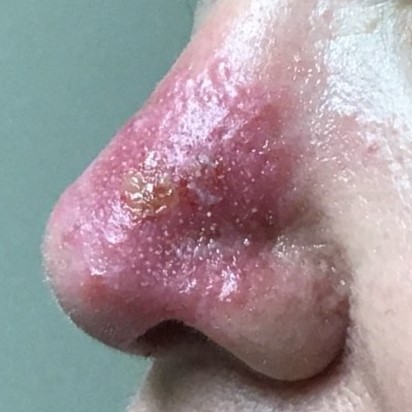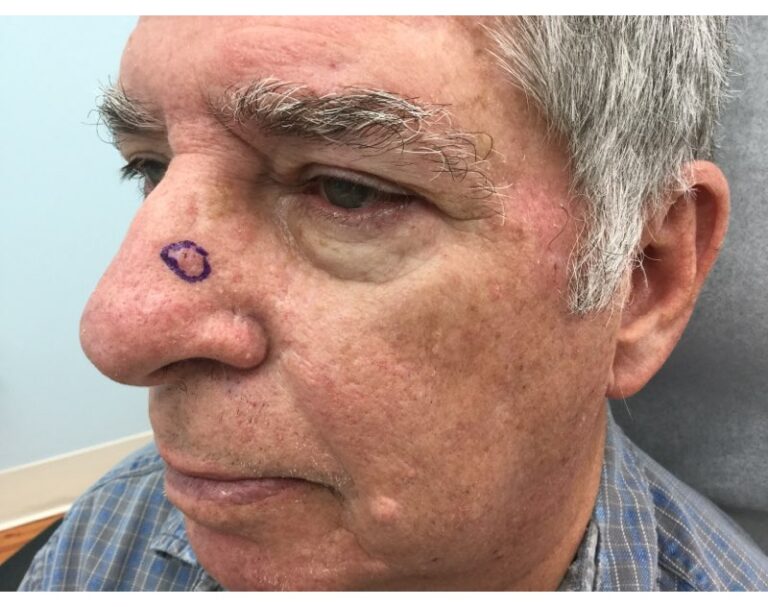
There are many factors to consider when choosing the right sunscreen for your needs. While there are two main types of sunscreen—chemical and physical—your work won’t end once you’ve chosen one or the other. Although every person can lower their risk of skin cancer by wearing sun protection on a daily basis, your habits and your skin type can both play a role in determining what kind of sunscreen will be most effective in your day-to-day life.
What are the Two Types of Sunscreen?
There are two basic types of sunscreen. Both chemical and physical sunscreens offer protection against cancer-causing UVA and UVB light rays, but they differ in many respects, and it’s important to understand what sets them apart.
Chemical Sunscreens
- Chemical sunscreens may be made with up to twelve different ingredients.
- Although not all chemical sunscreens are the same, the most common ingredients are avobenzone, octinoxate and oxybenzone.
- The ingredients in chemical sunscreens are absorbed into the skin, where they interact with UV light and prevent sun damage.
- Chemical sunscreens tend to be thinner than physical sunscreens.
- Chemical sunscreens are less likely to leave a white cast or residue over skin.
- Since chemical sunscreens are absorbed into the skin, they tend to offer superior protection in water and during sporting events.
- Chemical sunscreens can take between 20 and 30 minutes to absorb into skin, so you’ll need to apply them well in advance.
- Chemicals like oxybenzone can be harmful to the environment, and to important natural features like coral reefs.
Mineral/Physical Sunscreens
- Physical sunscreens always use two ingredients: zinc oxide and titanium dioxide.
- These two ingredients are not absorbed into the skin. Instead, they sit on top of the skin and prevent UV light from reaching the skin’s surface.
- Because physical sunscreens are not absorbed into the skin, they can be more moisturizing. However, this also means that they feel heavier, and are more noticeable as you go about your business.
- Physical sunscreens may leave a white cast or residue over skin.
Wearing sunscreen is one of the most important parts of any skin cancer prevention strategy, but you should also take care to avoid direct sunlight and wear protective clothing whenever possible.
What Should You Consider When Choosing Sunscreen?
Since the two types of sunscreen discussed above can both provide ample protection against UV rays, you should focus on the following factors when selecting the right product for your needs. Only choose a sunscreen that meets the following criteria:
- Broad spectrum (UVA/UVB) protection
- SPF 30 coverage, or higher
- No parabens or oils
- Non-comedogenic (less likely to clog pores)
- No fragrances
Moreover, the following frequently asked questions can help you choose the right sunscreen for your own particular needs:
- What type of sunscreen is best for the face? If you have sensitive or blemish-prone skin, spot test various sunscreens on your arm before you apply them to your face. Mineral sunscreens tend to work better for those with sensitive skin, but chemical sunscreen may be better for those who want to avoid a heavier residue.
- What type of sunscreen is the most child-friendly? Although there is no conclusive evidence that chemical sunscreens are unsafe for children, ingredients like oxybenzone may interfere with hormone production. Moreover, as already mentioned, chemical sunscreens can be harsher for those with sensitive skin.
- What type of sunscreen is best for wet environments? Since chemical sunscreens are absorbed into the skin, they are slower to wash away in water.
- What is the best type of sunscreen for sports? For the exact same reason, a chemical sunscreen may be preferable for those who play sports or are otherwise active outdoors.
Stay Informed with GentleCure
If you have more questions about the prevention and treatment of skin cancer, don’t hesitate to reach out to one of our skin cancer information specialists today. We’re happy to answer any questions you may have right now.








